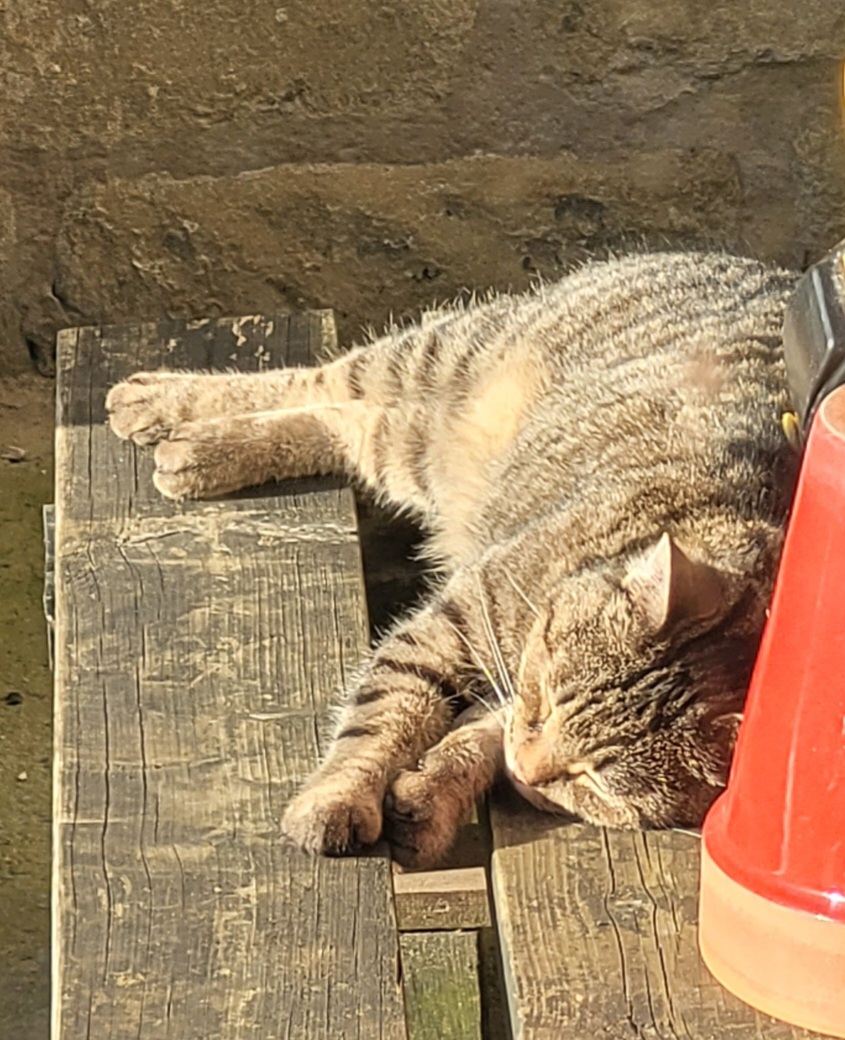Ophiocordyceps clavulata is a fungi parasite of scale insects feeding on trees including Pignut Hickory and American Hazel. It grows up to 4 mm
From the very limited information on the internet it’s usual habitat is North America and Canada, but has also been recorded in Sweden

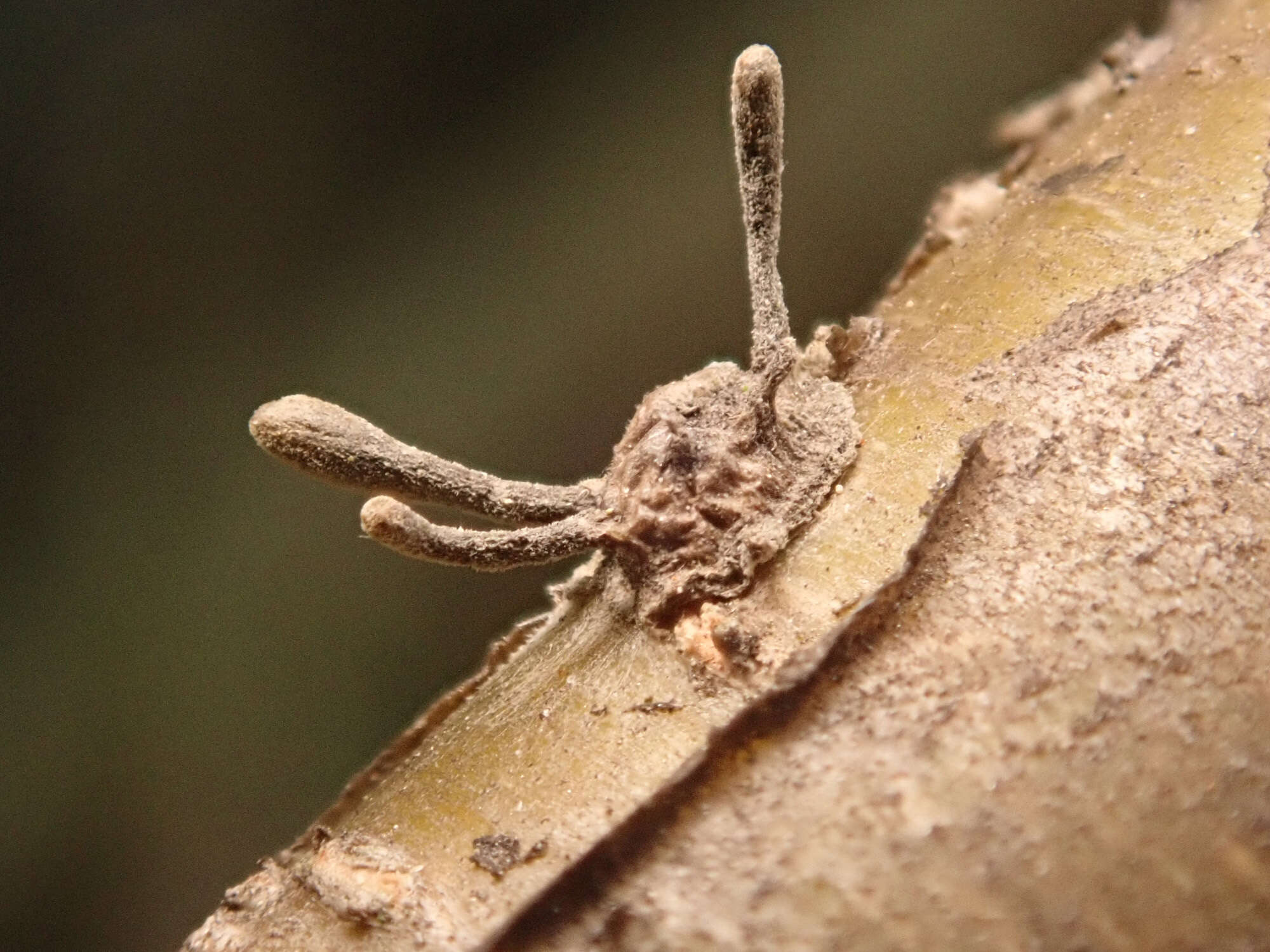

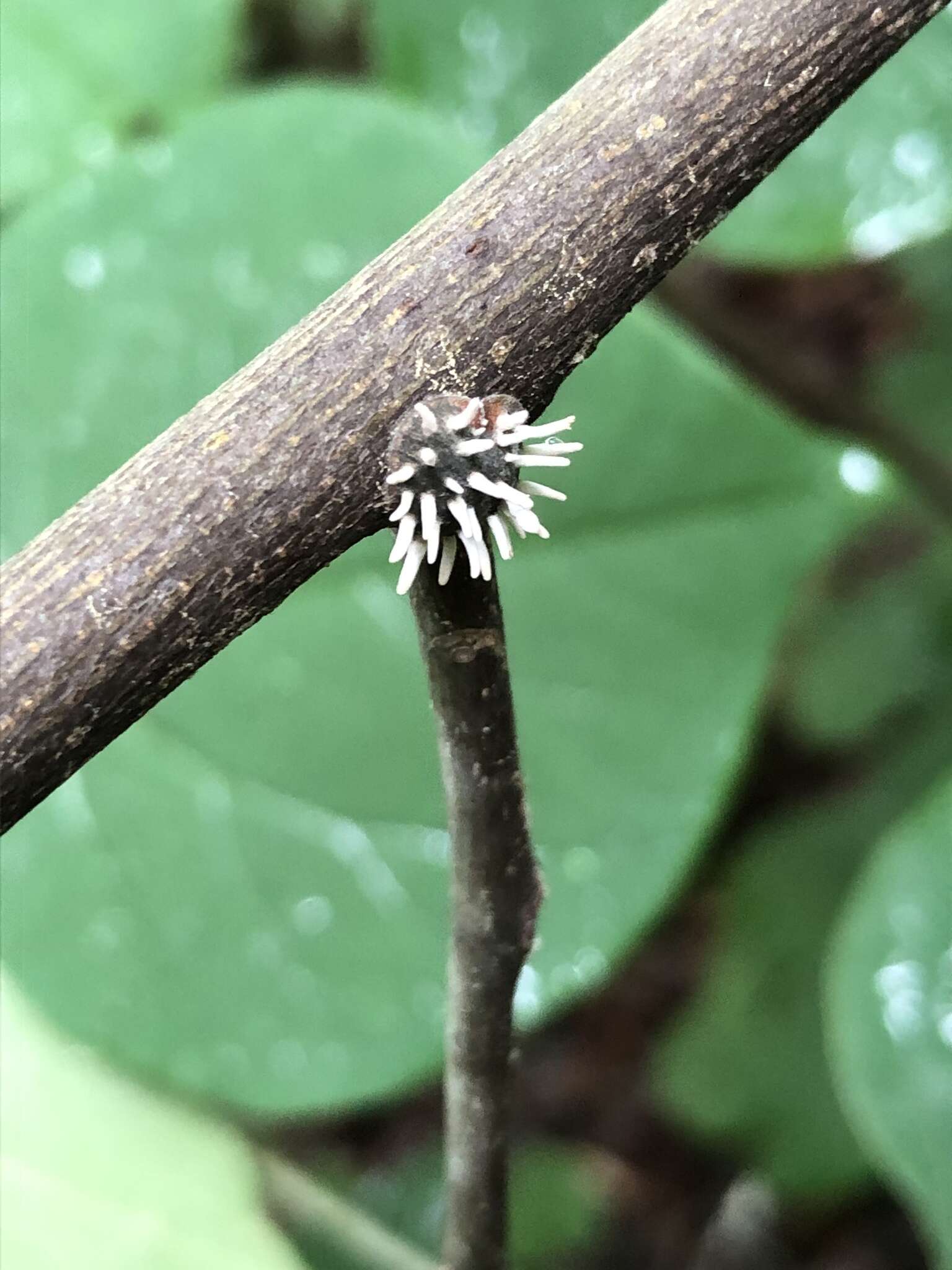
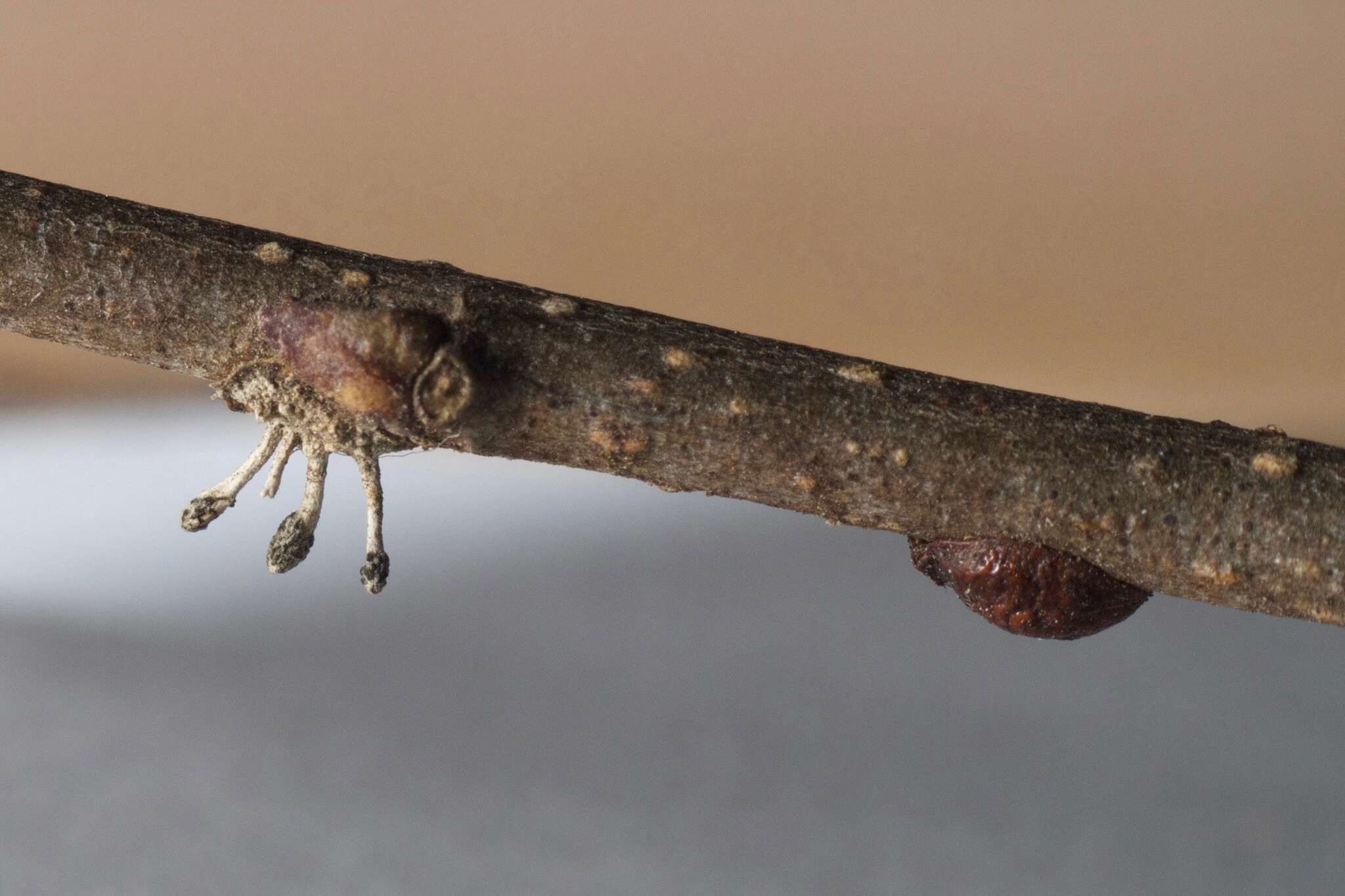
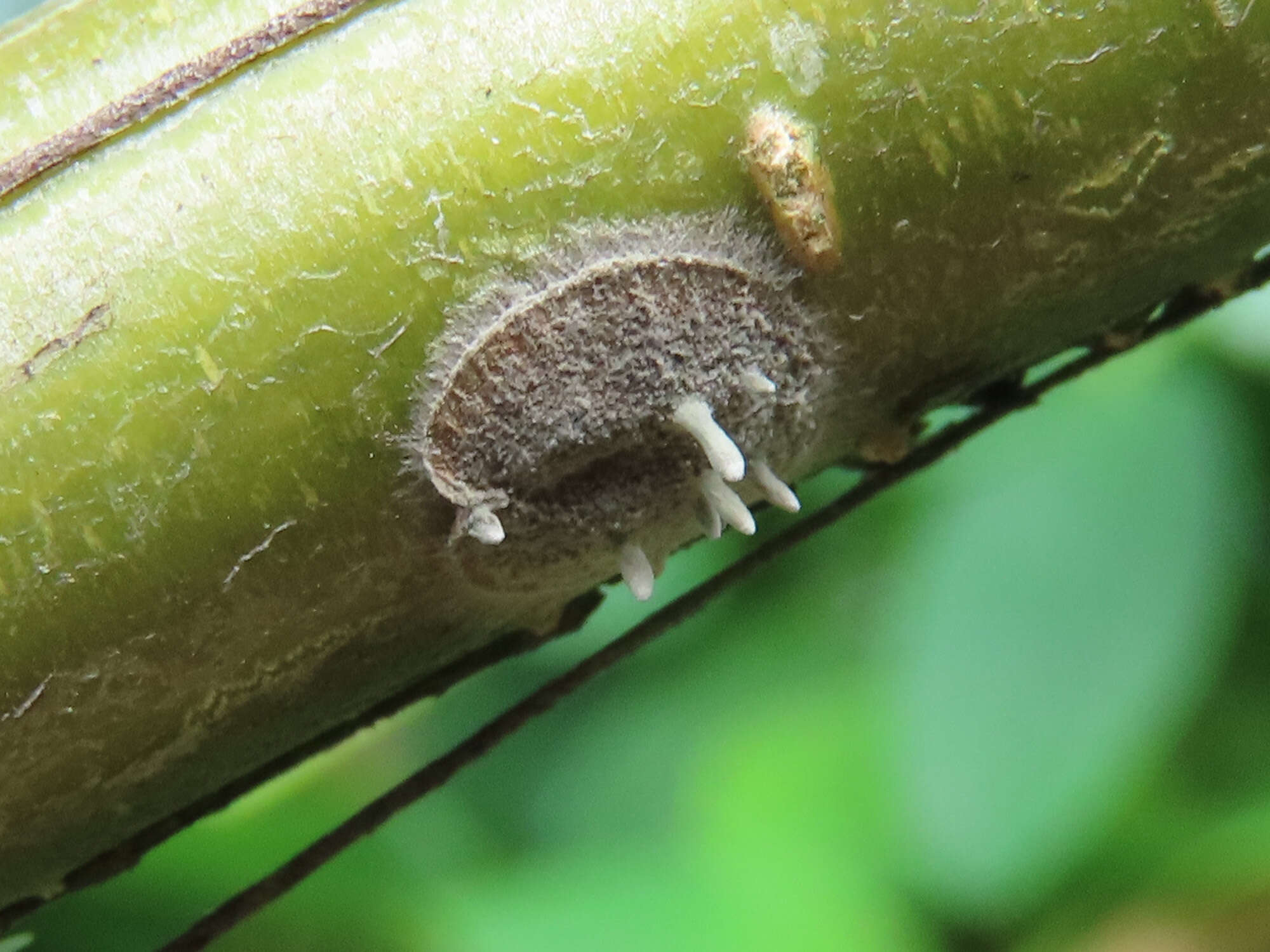
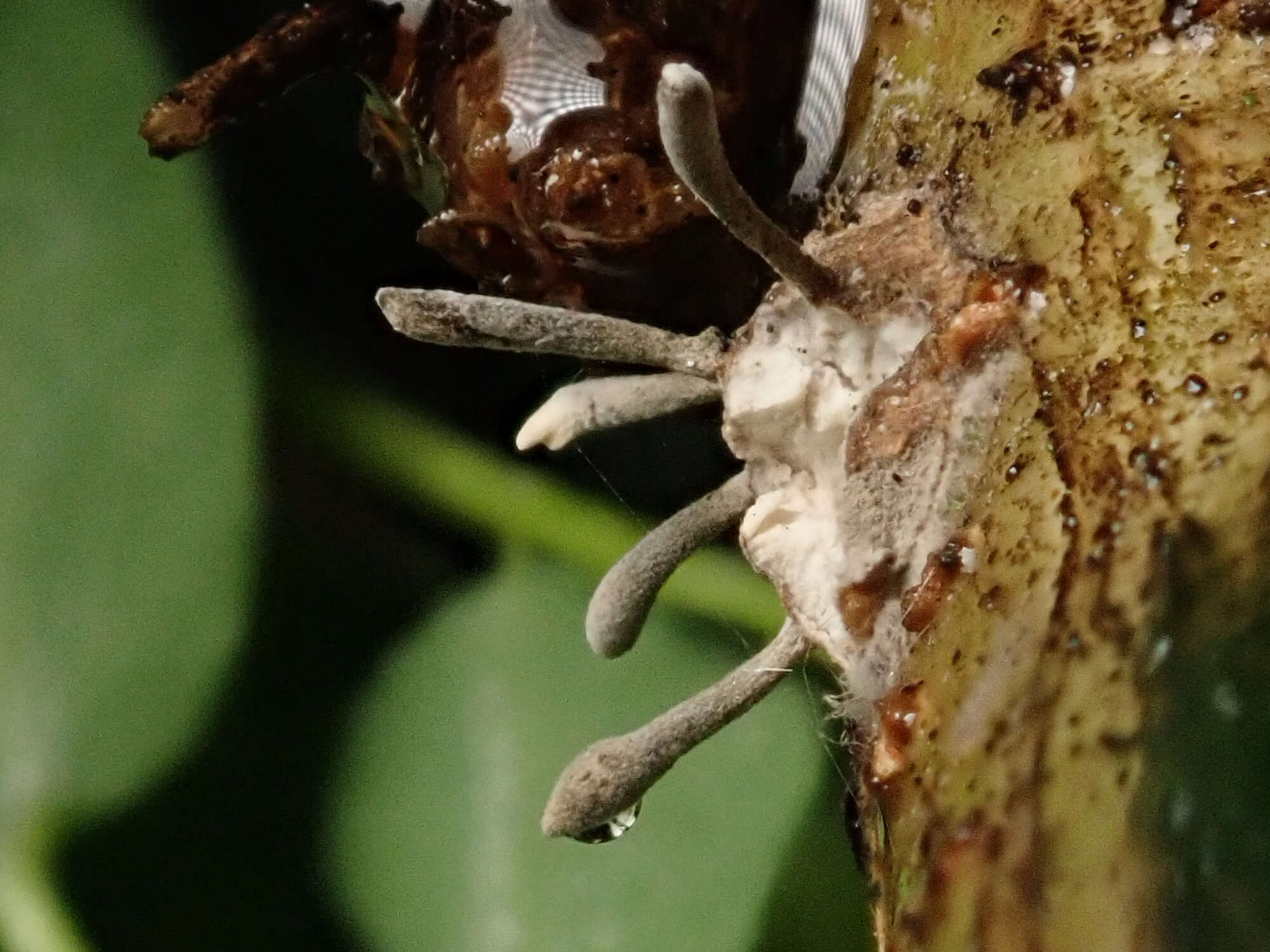
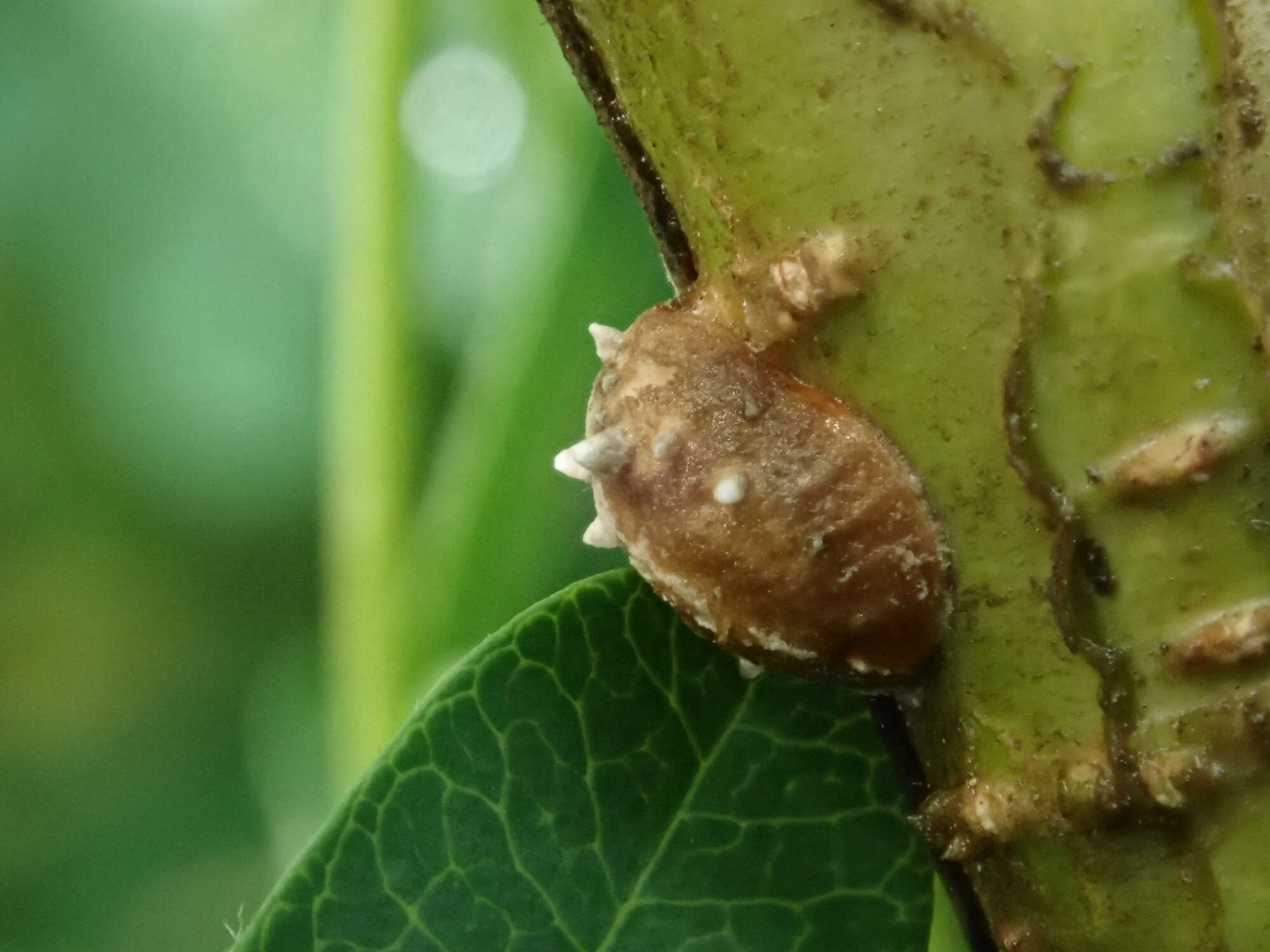
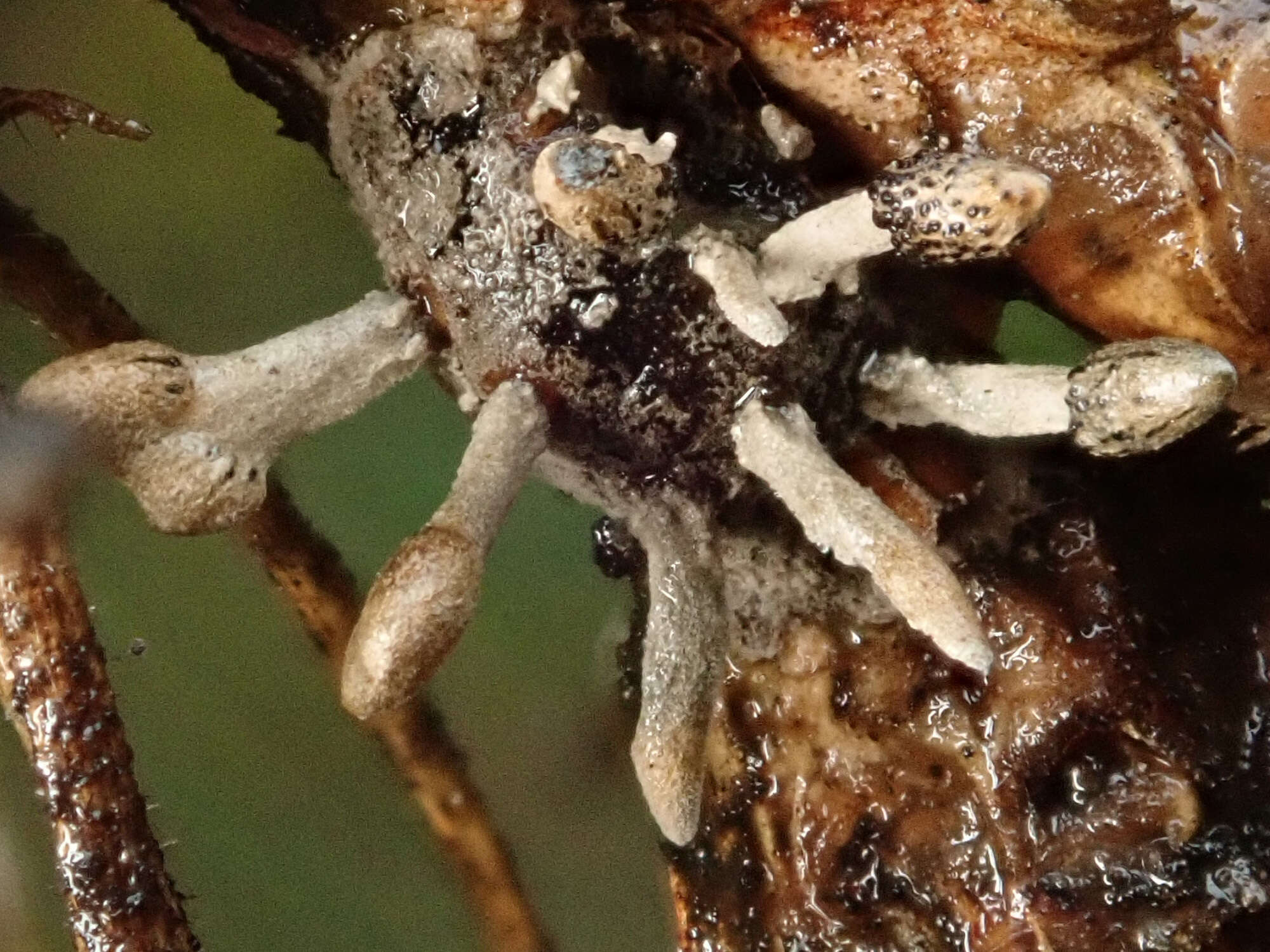
All photos via eol
Any corrections please post in comments and I’ll edit my post
I first misread and thought these were some Ophiocordyceps unilateralis, the ones that feed on insects and make them climb to high places so the parasite can Burst open to spread its spores.
Lovely fellows.
I’m going to do a ‘mega post’ or smaller of the cordiceps that infect insects over on awwnverts probably this coming week
They’re fascinating things in a somewhat horrifying way, and lots of lovely photos to be discovered!
Nice, gonna look forward for it this week.
Some additional photos
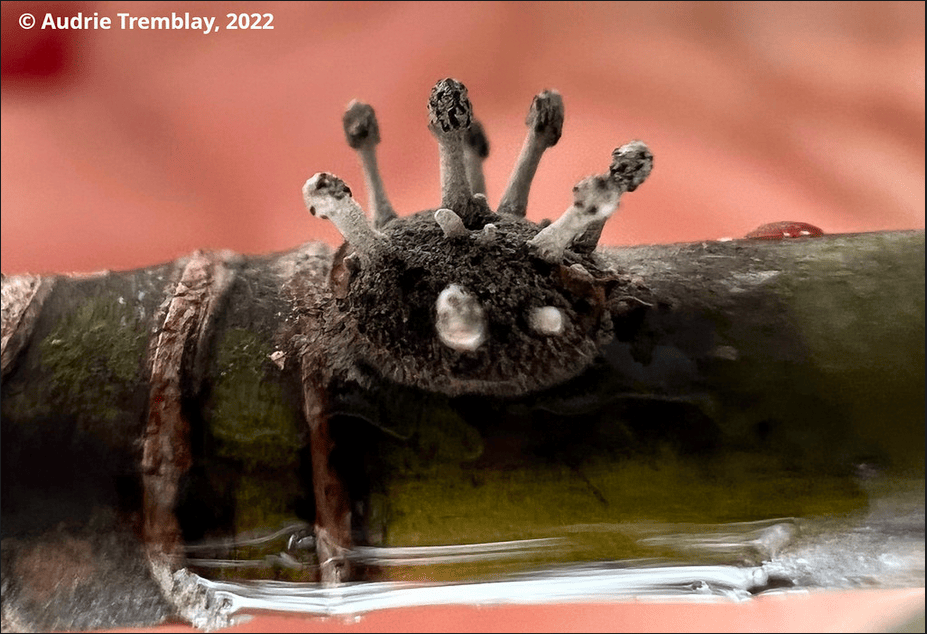
Photo by Jonathan Jensen-Lynch

Photo by Jonathan Jensen-Lynch

Photo by Jonathan Jensen-Lynch
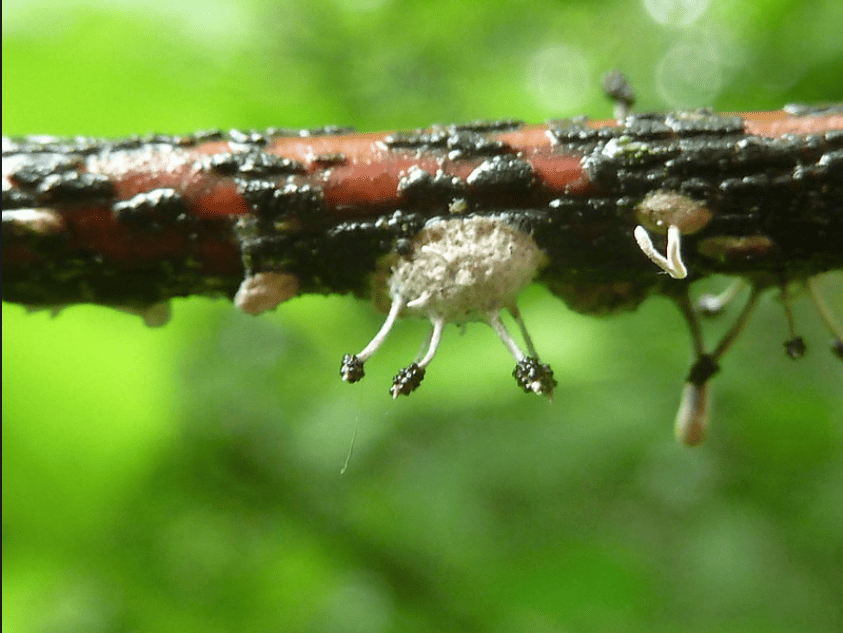
Photo by Daniel Mary
This whole post has been really neat. Thanks so much!
You’re welcome and thanks for the feedback!
Awesome post! Can you tell me more about scale insects?
From wikipedia
They’re quite small, the females are often flightless and without limbs, they conceal themselves under domed scales for protection. They like to suck the sap from plants, some ant species will ‘farm’ them for the honey dew they secrete. Some species are pests and can infest and damage the plants they feed on, while others can be used commercially…checkout one of my other posts here The oldest fossils found date to the early cretaceous.
So those scales we see in plants isn’t their version of scar tissue, but insects? 🤯
Some ‘scales’ or marks will be the plants version of a scab, where it’s been damaged and has ‘scabbed’ over, the insect scales do look a bit more ‘stuck on’ and ‘foreign’ as in not created by the plant, if that makes sense? They can also be picked off, and the appearance is different to the plant surface.
I’m currently fighting scale insects on one of my houseplants (I think I’m winning), the adult females form the scale, and the nymphs/larvae are ‘crawlers’ (little white, woolly lines about 1-2 mm long), both can be physically removed by scratching them off, but the scale is tougher and water runs off it
This has some pictures of scale insect pests, and they look very different to plant tissue (and don’t forget, they proliferate very quickly, so tend to show up in large, noticeable groups). Another thing is that the surrounding plant tissue will look yellowy/stressed when under attack instead of it’s usual healthy, normal green
That’s very interesting, thanks for sharing. Good luck with your plant!
You’re welcome, and cheers 👍



